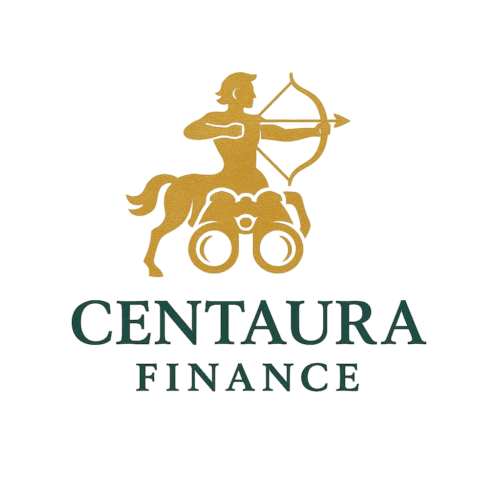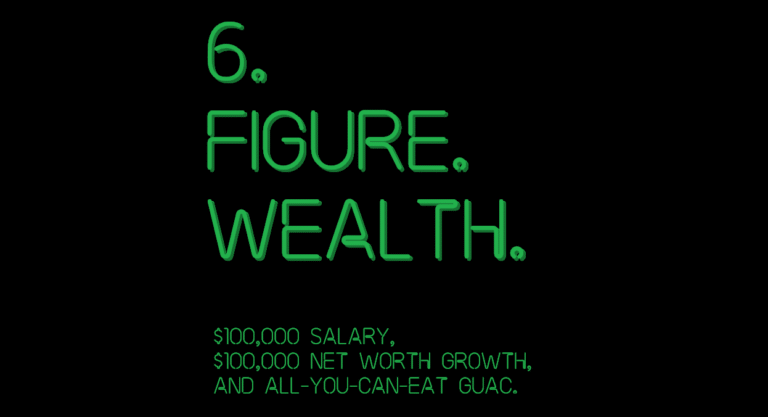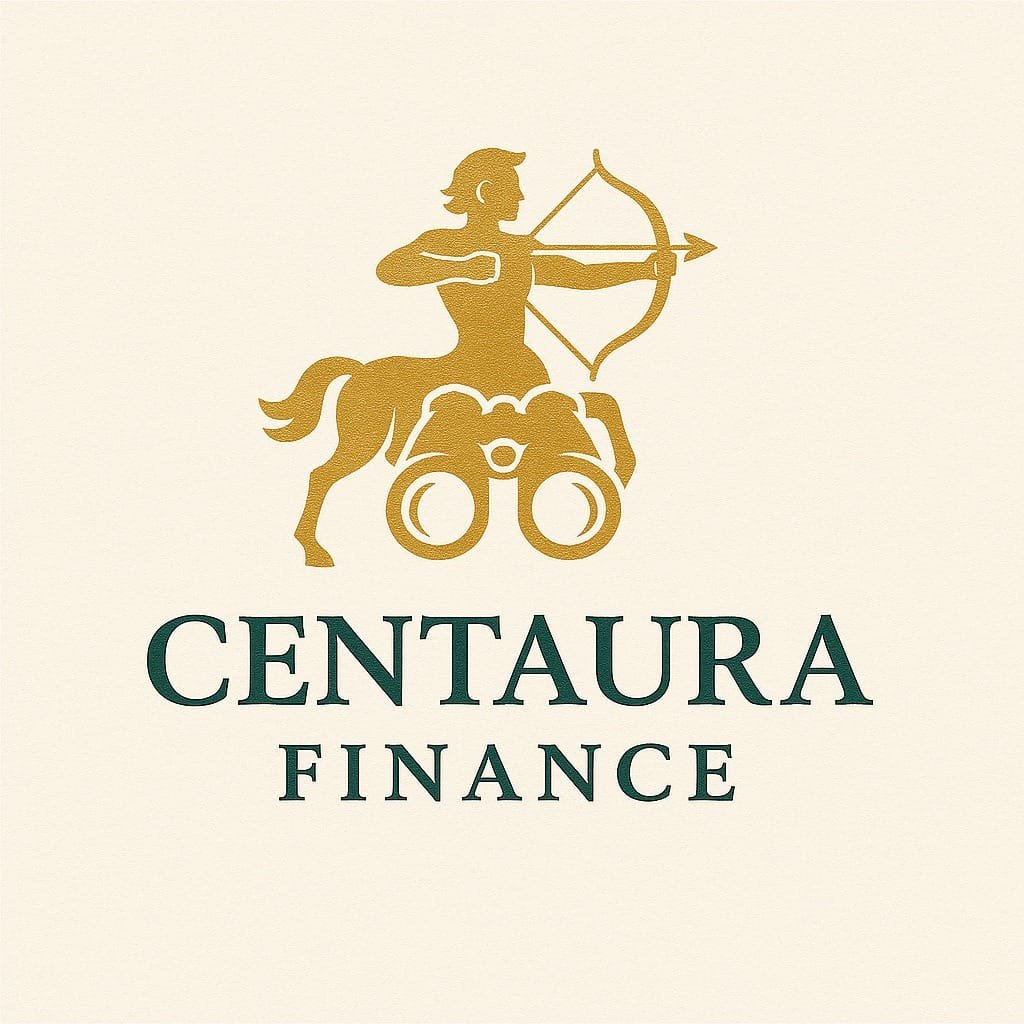Why 6 Figures Still Matter
Let’s be honest: in an age of skyrocketing rent, avocado toast memes, and student loan stress, the idea of having a $100,000+ net worth might feel like either a fantasy or just the beginning. But it’s still a massive psychological and financial milestone. Reaching six figures in net worth puts you ahead of more than 80% of people under 40 in the U.S.
It’s not about flexing. It’s about freedom, options, and security. Whether you’re a creative freelancer, tech worker, or someone trying to escape the 9–5, this guide gives you a practical, market-informed path to building a six-figure net worth without needing to win the lottery or inherit money.
What Is Net Worth?
Your net worth = total assets – total liabilities.
If you have:
- $30,000 in your 401(k)
- $15,000 in a Roth IRA
- $5,000 in cash
- A paid-off car worth $10,000
- And $20,000 in student loans
Then your net worth is:
$30k + $15k + $5k + $10k – $20k = $40,000
The journey to six figures is not about having a six-figure income, it’s about keeping, investing, and multiplying what you earn.
Where Most Americans Stand Financially
According to the Federal Reserve’s 2022 Survey of Consumer Finances:
- Median net worth for those under 35: $39,000
- Median net worth for ages 35–44: $135,600
- Only about 15% of Millennials report a net worth above $100,000
The good news? This means there’s huge room for upside, especially if you start early and play smart.
Earn More Than You Spend (Duh, But Actually)
This isn’t about skipping lattes. If you want a six-figure net worth in 3–7 years, you need a clear income strategy. Let’s break it down:
A. Choose the Right Career Path (or Side Hustle)
High-earning fields for Millennials & Gen Z in the U.S.:
- Tech (software, AI, data) – Median salaries: $90k–$160k
- Digital marketing – With experience, $80k+
- Skilled trades (electricians, HVAC) – $60k–$100k with low debt
- Remote freelancing (copywriting, design, dev) – Scalable and global
- Government + military roles – Low cost of living, benefits, pensions
Case Study:
Jasmine, a 28-year-old from Colorado, switched from retail to UX design. She took a $5K bootcamp, landed a $95K job in 18 months, and hit $100K net worth by year 3.
B. Build High-Leverage Side Income
- Freelancing (Upwork, Fiverr, Toptal)
- E-commerce (Etsy, Shopify)
- Course/content creation (YouTube, Substack)
- Affiliate marketing or digital products
- Consulting in your area of skill
Pro tip: Reinvest early income into assets, not lifestyle.
Live Below Your Means Without Being Miserable
The 50/30/20 Rule (But Smarter)
Instead of blindly following budgeting rules, use a value-based budget:
- 50% Needs (rent, food, bills)
- 30% Financial Goals (investing, debt payoff, savings)
- 20% Wants (travel, lifestyle upgrades)
Housing Hack:
- House-hack by renting out a room
- Move to a lower COL (Cost of Living) city
- Live with roommates for 2–3 years and stack cash
Case Study:
Luis, 26, lives in Kansas City and pays $400/month by house-hacking his duplex. That’s $12,000/year saved and invested in index funds – now worth $45,000 after 4 years.
Invest Early and Consistently (Compound Interest = Your Rich Uncle)
A. 401(k) + Roth IRA = Low-Hanging Fruit
- Max out employer match. Free money.
- Contribute up to $7,000/year to Roth IRA (2025 limits)
- Target 7–10%+ of income into retirement accounts minimum
B. Index Funds > Individual Stocks (at first)
- Use VTI, VOO, or FXAIX (S&P 500 ETFs) to automate long-term wealth
- Dollar-cost average – don’t try to time the market
C. Consider Alternative Investments (after $50K+)
- Real estate (REITs, house hacking, fractional investing platforms like Fundrise)
- Crypto (Bitcoin/Ethereum only, <10% of portfolio)
- High-yield savings or money market accounts
Market Insight:
Gen Z is investing earlier than Millennials, with 62% starting before 25 (Charles Schwab 2024 study).
Eliminate Toxic Debt, Build Healthy Credit
A. Destroy High-Interest Debt First
- Any loan >7% interest is slowing you down
- Snowball vs. avalanche method choose what keeps you consistent
B. Use Credit Wisely
- Get a cashback rewards card (use for normal expenses only)
- Keep credit utilization <30%
- Monitor FICO score via tools like Credit Karma
Why It Matters: A good credit score = lower mortgage rates, lower car insurance, and access to better leverage for future investments.
Build a System (Not a Vibe)
Discipline beats vibes. Always.
Use These Tools:
- Mint / YNAB for budgeting
- Fidelity / Vanguard / M1 Finance for investing
- Monarch Money for overall net worth tracking
- Excel or Google Sheets (if you’re a nerd like us)
Automate Your Wealth Engine:
- Auto-transfer paycheck splits to savings/investing
- Auto-pay credit cards in full monthly
- Quarterly financial check-ins (net worth snapshot, goal setting)
What to Avoid Like the Plague
- Buying luxury cars early (depreciation killer)
- Timing the stock market
- Ignoring taxes (use tax-advantaged accounts)
- Renting expensive apartments to “feel successful”
- Taking advice from TikTok finance bros with no receipts
Sample Path to $100K Net Worth in 5 Years (For a 26-Year-Old Making $55K/Year)
| Strategy | Amount Saved |
| 401(k) Match & Contribution | $25,000 |
| Roth IRA | $15,000 |
| Emergency Fund | $10,000 |
| Index Fund Brokerage | $20,000 |
| Car Equity | $5,000 |
| Side Hustle Income Saved | $25,000 |
| Total Net Worth | $100,000+ |
It’s Not About Hustling Forever
Reaching a six-figure net worth isn’t about grinding 24/7 – it’s about being intentional, informed, and consistent.
If you:
- Earn intentionally
- Invest consistently
- Spend consciously
- Track religiously
You can absolutely hit (and surpass) $100,000 net worth in your 20s or 30s, even if you’re starting from zero.
Next Steps: What You Should Do This Week
- Calculate your net worth (use free tools or a spreadsheet)
- Choose one financial habit to automate (investing, saving, debt)
- Audit your income potential – can you upskill, switch industries, or freelance?
- Download a budgeting app and track for 30 days
- Plan your six-figure timeline – map it out backward from 5 years


